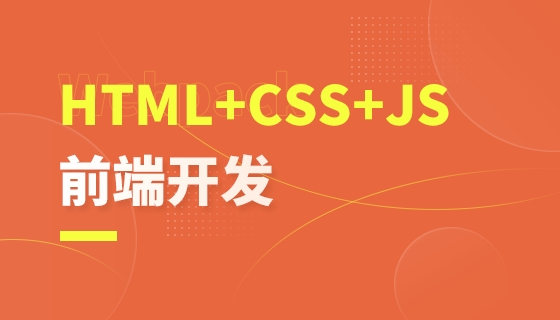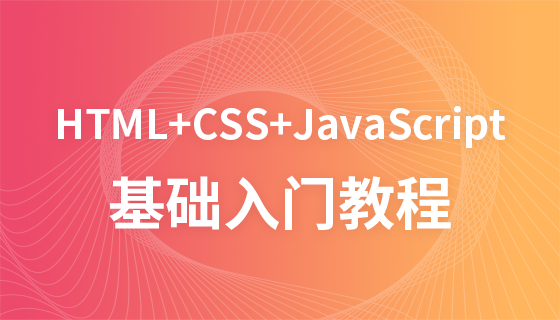
本文旨在详细解析go语言中常见的interface conversion: interface is x, not y类型转换panic,并通过一个链表数据结构的具体案例,演示如何正确地进行多层接口类型断言以安全地提取所需数据。文章将涵盖panic产生的原因、正确的类型断言链式操作,以及避免运行时错误的最佳实践。
在Go语言中,接口(interface)提供了一种强大的方式来处理不同类型的数据,但如果不正确地进行类型断言(type assertion),则可能导致运行时panic。当尝试将一个接口类型的值断言为它实际不包含的底层类型时,就会触发panic: interface conversion: interface is X, not Y错误。
panic: interface conversion: interface is *main.Node, not *main.Player这类错误信息明确指出,你尝试将一个类型为*main.Node的接口值断言为*main.Player类型,但实际上它并非*main.Player。这通常发生在对一个interface{}类型的值进行直接类型断言时,而该值内部封装的实际类型与断言目标不符。
以提供的链表实现为例:
type Node struct {
value interface{} // 节点存储的值是interface{}类型
next *Node
}
type LinkedList struct {
head *Node
length int
}
// Pop方法返回的是interface{}类型,但其内部实际返回的是*Node
func (A *LinkedList) Pop() interface{} {
if A.head != nil {
head_node := A.head
A.head = A.head.GetNext()
A.length--
return head_node // 注意这里返回的是*Node类型
}
return nil
}在main函数中,错误的代码片段如下:
立即学习“go语言免费学习笔记(深入)”;
l := new_linked_list.GetLength()
for i:=0; i < l; i++ {
// 错误:Pop()返回的是*Node,而不是*Player
fmt.Printf("Removing %v\n", new_linked_list.Pop().(*Player).name)
}这里的问题在于,new_linked_list.Pop()方法返回的是一个interface{}类型的值,但它实际承载的是一个*Node类型的指针,而不是直接的*Player类型。因此,当尝试执行new_linked_list.Pop().(*Player)时,Go运行时发现interface{}中包含的是*Node,却被要求断言为*Player,两者不匹配,从而引发了panic。
要正确地从链表中取出Player对象,需要进行两次类型断言:
修正后的代码示例如下:
package main
import "fmt"
// Node 结构定义,存储任意类型的值
type Node struct {
value interface{}
next *Node
}
// NewNode 创建新节点
func NewNode(input_value interface{}, input_next *Node) *Node {
return &Node{value: input_value, next: input_next}
}
// GetNext 获取下一个节点
func (A *Node) GetNext() *Node {
if A == nil {
return nil
}
return A.next
}
// LinkedList 结构定义
type LinkedList struct {
head *Node
length int
}
// GetLength 获取链表长度
func (A *LinkedList) GetLength() int {
return A.length
}
// NewLinkedList 创建新链表
func NewLinkedList() *LinkedList {
return new(LinkedList)
}
// Push 将值推入链表头部
func (A *LinkedList) Push(input_value interface{}) {
A.head = NewNode(input_value, A.head)
A.length++
}
// Pop 从链表头部弹出节点,返回的是*Node类型
func (A *LinkedList) Pop() interface{} {
if A.head != nil {
head_node := A.head
A.head = A.head.GetNext()
A.length--
return head_node // 返回的是*Node
}
return nil
}
// eachNode 遍历链表中的每个节点
func (A *LinkedList) eachNode(f func(*Node)) {
for head_node := A.head; head_node != nil; head_node = head_node.GetNext() {
f(head_node)
}
}
// TraverseL 遍历链表中的每个值
func (A *LinkedList) TraverseL(f func(interface{})) {
A.eachNode(func(input_node *Node) {
f(input_node.value) // 传递的是节点的值
})
}
func main() {
// 定义 Player 结构体
type Player struct {
name string
salary int
}
new_linked_list := NewLinkedList()
new_linked_list.Push(&Player{name: "A", salary: 999999})
new_linked_list.Push(&Player{name: "B", salary: 99999999})
new_linked_list.Push(&Player{name: "C", salary: 1452})
new_linked_list.Push(&Player{name: "D", salary: 312412})
new_linked_list.Push(&Player{name: "E", salary: 214324})
new_linked_list.Push(&Player{name: "EFFF", salary: 77528})
// 第一次Pop,打印弹出的*Node值
fmt.Println(new_linked_list.Pop())
// 遍历链表并安全地提取Player信息
new_linked_list.TraverseL(func(input_value interface{}) {
// 使用 "comma-ok" 模式进行安全的类型断言
if player, exist := input_value.(*Player); exist {
fmt.Printf("\t%v: %v\n", player.name, player.salary)
} else {
fmt.Printf("\tUnknown type in node: %T\n", input_value)
}
})
// 移除剩余元素并打印Player名称
l := new_linked_list.GetLength()
for i := 0; i < l; i++ {
// 正确的链式类型断言:
// 1. Pop()返回interface{},实际是*Node
// 2. 断言为*Node
// 3. 访问*Node的value字段,它也是interface{}
// 4. 断言value为*Player
// 5. 访问*Player的name字段
fmt.Printf("Removing %v\n", new_linked_list.Pop().(*Node).value.(*Player).name)
}
}运行上述代码,将得到预期的输出:
&{0xc000010048 0xc000010030}
E: 214324
D: 312412
C: 1452
B: 99999999
A: 999999
Removing E
Removing D
Removing C
Removing B
Removing A在Go语言中,进行类型断言时,强烈推荐使用“comma-ok”模式,以避免在类型不匹配时引发panic。
value, ok := interfaceValue.(TargetType)
if ok {
// 类型断言成功,可以使用 value
} else {
// 类型断言失败,interfaceValue 并非 TargetType
}在上面的TraverseL函数中,就采用了这种安全的方式:
if player, exist := input_value.(*Player); exist {
fmt.Printf("\t%v: %v\n", player.name, player.salary)
}这种模式允许你在运行时检查类型是否匹配,并在不匹配时优雅地处理,而不是直接导致程序崩溃。只有当你百分之百确定接口值是某个特定类型时,才应该使用直接的类型断言(如interfaceValue.(TargetType)),因为它会在类型不匹配时立即panic。
panic: interface conversion: interface is X, not Y错误是Go语言中常见的类型断言问题,它发生在尝试将接口值断言为不匹配的底层类型时。解决这类问题的关键在于:
通过深入理解接口的动态特性和类型断言的机制,可以有效避免此类panic,编写出更稳定、更易于维护的Go程序。
以上就是深入理解Go语言中的接口转换与panic处理:以链表为例的详细内容,更多请关注php中文网其它相关文章!

每个人都需要一台速度更快、更稳定的 PC。随着时间的推移,垃圾文件、旧注册表数据和不必要的后台进程会占用资源并降低性能。幸运的是,许多工具可以让 Windows 保持平稳运行。




Copyright 2014-2025 https://www.php.cn/ All Rights Reserved | php.cn | 湘ICP备2023035733号